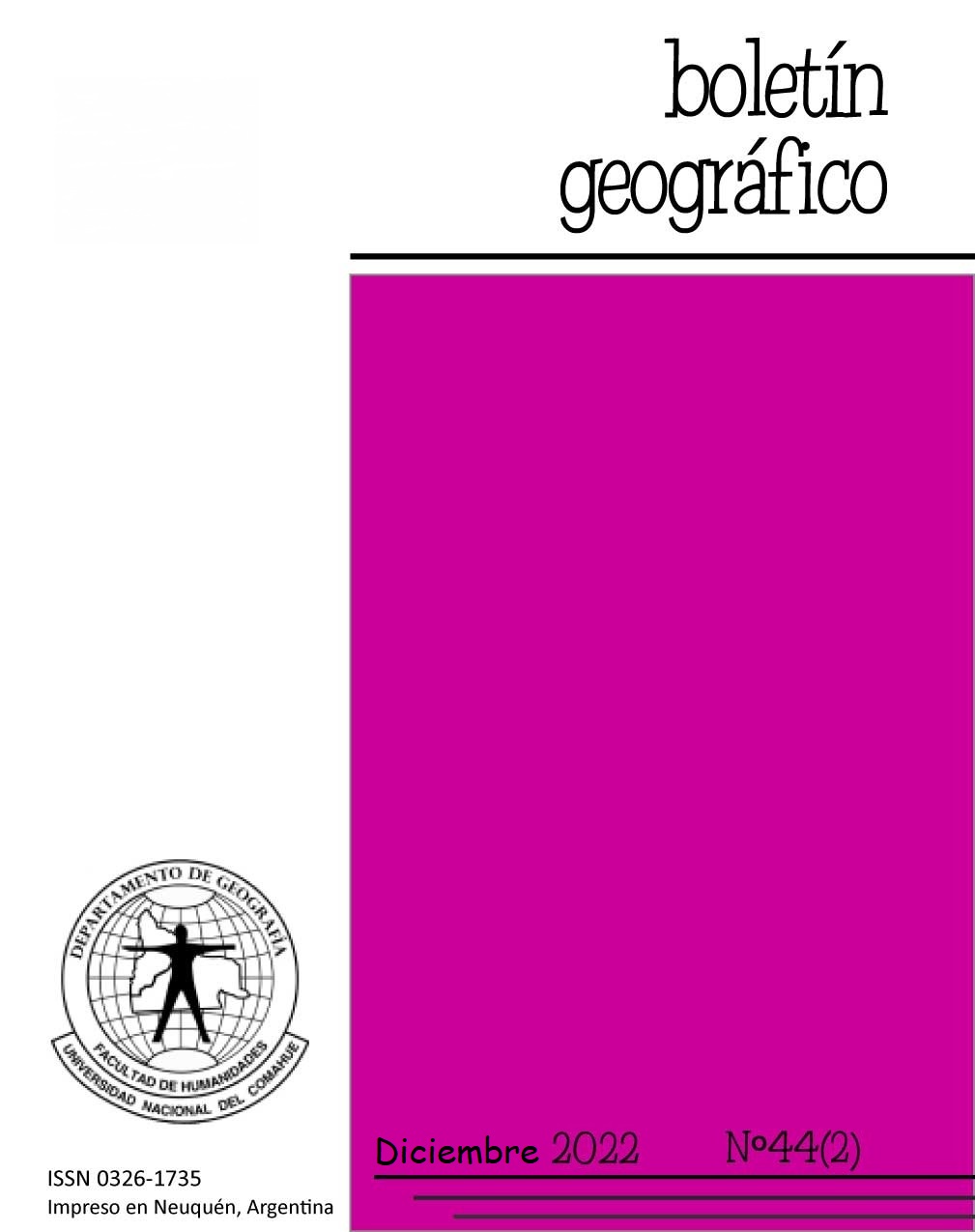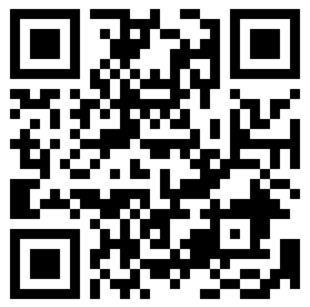Articulation of geographical information for the urban management of Villa Regina
Keywords:
Web viewer, Open data, Geoinformation, TIGAbstract
The purpose of this work is to develop a proposal for the making of Geographic Information, relevant informative products concerning urban problems, and postings through a Web Viewer suggested to the Municipality of Villa Regina, province of Río Negro, Argentine Republic. This presentation is based on the need for institutions, organizations and the public in general to have access to virtual platforms for information and open data.
Currently, the regulations seek to guarantee the effective exercise of the right of access to public information, promote citizen participation and public management transparency through the sanction of National Law 27,275. In terms of Geographic Information, although there is no law sanctioned in the Argentine Republic, at the international level the ISO Standards are a reference related to management and publication, and it is the Spatial Data Infrastructure of the Argentine Republic (IDERA) that provides guidelines to carry it out. For its part, at the provincial level, it is the Spatial Data Infrastructure of Río Negro (IDERN) that guarantees the publication of Geographic Information.
Although Geographic Information is of interest in the academic-scientific, institutional and governmental spheres for carrying out research and making decisions, the population in general (the citizens) also have the right to consume it for daily purposes. This consumption is possible from Web Viewers, free access geographic tools that allow users to generate interactive queries through layers, in many cases, with data and information relevant to daily life.
Advances in the creation of databases of the town of Villa Regina, partial publication of results in a Web Viewer, as a contribution to the community and an attempt to generate a link with the government sphere are thus presented. In the present proposal, solutions to urban problems that were observed over the years with foundations framed in local regulations, are also proposed. Among the conclusions obtained, a positive response from the population is observed when having these tools, however, articulating the academic-scientific field and urban management policies is a challenge that continues to prevail currently.
Downloads
References
Abarzúa, F. D., & Brouchoud, M. S. (2014). Movilidad espacial y horticultura en el Valle de Río Negro: La construcción de un territorio migratorio. Boletín Geográfico, 36, 45-60.
Barragán, F. G. (2014). Factibilidad geográfica para la implementación de cultivos no tradicionales en el Partido de Coronel Rosales, Buenos Aires. Una aproximación a través del uso de Geotecnologías. Tesis de Grado. Departamento de Geografía y Turismo de la Universidad Nacional del Sur. Bahía Blanca.
Baxendale, C. (2000). Geografía y planificación urbana y regional: una reflexión sobre sus enfoques e interrelaciones en las últimas décadas del siglo XX. Reflexiones geográficas, 9, 58-70.
Bonilla, M. H. (2007). Participación ciudadana y el rescate de la ciudad. Revista Invi, 22(59).
Buzai, G., & Ruiz, E. (2012). Geotecnósfera. Tecnologías de la información geográfica en el contexto global del sistema mundo. Anekumene, 4, 88-106
Cafferata, S. D. (2009). El derecho de acceso a la información pública: situación actual y propuestas para una ley. Lecciones y ensayos, 86, 151-185.
Caloni, N., & Miraglia, M. (2015). Creación de una infraestructura de datos espaciales para el Conurbano Bonaerense. Ciencias Espaciales, 8(1), 474-490.
MVR (1996) Carta Orgánica N°000/1996. Carta Orgánica del Municipio de Villa Regina. (02 de diciembre de 1996). Recuperado de http://191.97.47.109:8091/digesto/Scripts/frmVisNorma.php?idNorma=2093
Cartwright, W., Crampton, J., Gartner, G., Miller, S., Mitchell, K., Siekierska, E., & Wood, J. (2001). Geospatial information visualization user interface issues. Cartography and Geographic Information Science, 28(1), 45-60.
Cogliati, M., & Mazzeo, N. A. (1999). Climatología del viento en el Alto Valle del Río Negro. Energías Renovables y Medio Ambiente, 3, 181-184.
Cuadra, D. E. (2021). ¿Qué hace un geógrafo hoy? Análisis crítico y reflexiones para un debate impostergable (caso argentino). Revista Geográfica, 163, 121-146.
Decreto N°1839/2013. Instrumentar el Programa de Infraestructura de Datos Espaciales de la Provincia de Río Negro -IDE Río Negro- en el ámbito del Poder Ejecutivo Provincial. Legislatura de Río Negro. (29 de noviembre de 2013). Recuperado de https://web.legisrn.gov.ar/legislativa/legislacion/ver?id=9067
Decreto N°1846/2013. Rectificacion decreto N° 1839. (29 de noviembre de 2013). Recuperado de https://www.idera.gob.ar/images/stories/downloads/documentos/normativa/IDERN_Decretos1839y1846_2013.pdf
De Grande, P. (2021). Políticas de datos y politicidad geográfica. Por qué una plataforma colaborativa de datos espaciales para temáticas sociales de la Argentina. V Congreso Nacional de Tecnologías de la Información Geográfica. Universidad Nacional del Centro de la Provincia de Buenos Aires, Tandil.
Duarte, L., Queirós, C., & Teodoro, A. C. (2021). Análisis comparativo de cuatro plugins de QGIS para la creación de mapas web. LA GRANJA. Revista de Ciencias de la Vida, 34(2), 8-26.
Giuliani, A. y Salcedo, A. P. (2014). Elaboración de diagnóstico y participación en construcción de escenarios y documento base “Proyecto Regina”. Provincia de Río Negro.
Higuera, L. A. (2008). Reflexiones acerca del territorio, en tiempos de globalización. Boletín Geográfico, 31, 389-404.
INDEC (2012) Instituto Nacional de Estadística y Censos - Censo Nacional de Población, Hogares y Viviendas, 2012. v. 1, 378 p.
INTA (2013) Instituto Nacional de Tecnología Agropecuaria (2013) Síntesis Agrometeorológica para el periodo 1990-2004. EEA Alto Valle. Ediciones Instituto Nacional de Tecnología Agropecuaria. https://inta.gob.ar/documentos/sintesis-agrometeorologica-para-el-periodo-1990-2004-eea-alto-valle
Ley 27275. Derecho de acceso a la información pública (2016). Honorable Congreso de la Nación Argentina. Recuperado de https://www.argentina.gob.ar/normativa/nacional/ley-27275-2016-265949
Ley Provincial N° 3883. Turismo Activo. Declaración provincial. Registro de Prestadores y/u Operadores de Turismo Activo. Creación. Legislatura de Río Negro. (21 de octubre de 2004). Recuperado de https://web.legisrn.gov.ar/digesto/normas/ver?id=2004110024
Maletti, E. J. (2022). La gestión sustentable del territorio en escala microrregional. El caso de Villa Regina y la microrregión del Alto Valle Este. Tesis de Maestría. Facultad de Ingeniería, Universidad Nacional del Comahue.
Martorell Guerrero, G. (2019). El visor cartográfico frente al mapa: una propuesta para mejorar la comunicación geográfica. Trabajo final de Grado. Facultad de Filosofía y Letras, Universitat de les Illes Balears.
Michelini, J. & García Palomares, J. (2008). Tecnologías de la Información Geográfica en estrategias de promoción de territorios innovadores: aplicaciones en la ciudad de Madrid. Huellas, 12, 156-175
CDMVR (2011) Ordenanza Municipal N° 002/2011. Aprobación Decreto Nº 014/2011. (21 de marzo de 2011). Recuperado de http://191.97.47.109:8091/digesto/Scripts/frmVisNorma.php?idNorma=4602
CDMVR (2012a) Ordenanza Municipal N°058/2012. Adhesión a la Ley Provincial Nº 3883, que declara de Interés Provincial al Turismo Activo. (7 de junio de 2012). Recuperado de http://191.97.47.109:8091/digesto/Scripts/frmVisNorma.php?idNorma=4779
CDMVR (2012b) Ordenanza Municipal N°108/2012. Creación del "Observatorio de Tránsito y Seguridad Vial Municipal de la ciudad de Villa Regina", Secretaría de Tránsito de la Municipalidad. (12 de noviembre de 2012). Recuperado de http://191.97.47.109:8091/digesto/Scripts/frmVisNorma.php?idNorma=5181
CDMVR (2018) Ordenanza Municipal N°025/2018. Aprobación de Norma de Ordenamiento Territorial de Villa Regina. (23 de abril de 2018). Recuperado de http://191.97.47.109:8091/digesto/Scripts/frmVisNorma.php?idNorma=5523
Pivesso, N., Fonesca, M. & Gómez, D. (2014). Las Tecnologías de la Información Geográfica como posibilitadora del análisis y el Pivesso, N., Fonesca, M. & Gómez, D. estudio del uso real y del uso formal del espacio urbano. XVI Congreso Nacional de Tecnologías de la Información Geográfica. 25, 26 y 27 de junio de 2014. Alicante.
Quirós Hernández, M. (2011). Tecnologías de la Información Geográfica (TIG): cartografía, fotointerpretación, teledetección y SIG. (Vol. 86). Universidad de Salamanca.
Quirós, E., & Polo, M. E. (2018). Recursos abiertos de información geográfica para investigación y documentación científica. Revista Española de Documentación Científica, 41(3), e214-e214.
Roccatagliata, J. (2008). Argentina: una visión actual y prospectiva desde la dimensión territorial. Emece Editores.
Rodríguez Mellado, J. A., & Torres Manjón, J. (2010). " Redes geosociales": Una Web cercana, cartográfica y de sensaciones, realizada por todos y basada en el geoconocimiento colectivo. In Congreso Nacional de Tecnologías de la información Geográfica 14. 1369-1378. Universidad de Sevilla.
Schroeder, R. V., & Vilo, M. E. (2020). Espacio público y participación ciudadana: resignificaciones en tiempos de COVID-19. Boletín geográfico. 42(1), 105 -133.
Straszeswicz, L. (1981). Papel del geógrafo en las investigaciones del espacio urbano. Geographicalia, 9, 111-116.
Ziccardi, A. (1999). Los actores de la participación ciudadana. Instituto de Investigaciones Sociales, UNAM, México, 18.
Published
How to Cite
Issue
Section
ARK
License
Copyright (c) 2022 Boletin GeográficoTransfer of rights and data processing
The acceptance of an article for publication in the Journal Geographic Bulletin implies the cession of the rights of printing and reproduction, by any means and means, of the author in favor of the Department of Geography of the National University of Comahue, which will not reject any request reasonable for the authors to obtain permission to reproduce their contributions. The total or partial reproduction of the works published in the Geographic Bulletin must be done citing the origin, otherwise, the copyright is violated.
Likewise, it is understood that the concepts and opinions expressed in each work are the sole responsibility of the author, without being responsible or in solidarity, necessarily, neither the editorial staff nor the editorial staff.
It is the responsibility of the authors to be able to provide interested readers with copies of the raw data, procedure manuals, scores and, in general, relevant experimental material.
Likewise, the Management of the journal guarantees the appropriate treatment of personal data
COPYRIGHT TRANSFER FORM

















 Journal of the
Journal of the 